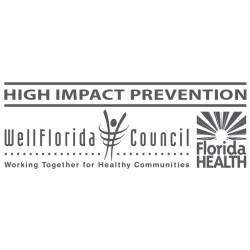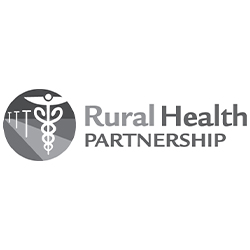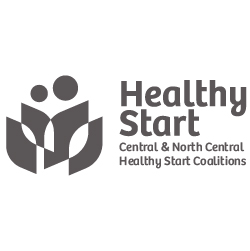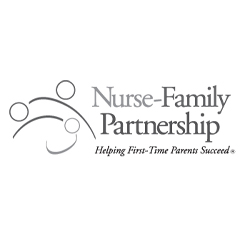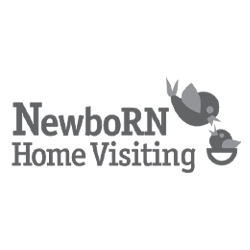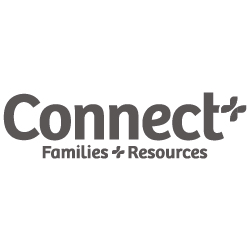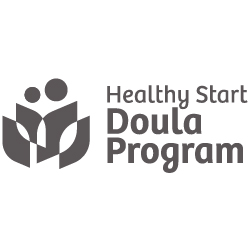The New Age of Rural Health
January 14, 2016
By Lori Tobias
Technology, grants and innovative programs allow smaller, remote doctors and clinics to offer a higher level of service
Patricia Mull was working in her garden when she felt the sensation of pins and needles in her left leg. Moments later, her leg went numb and then her left arm.
“I went inside to my partner and I said, ‘I am stroking,’” she recalls. “My partner, who is a retired radiologist, took the carving knife and touched my side. He said, ‘Can you feel this?’ I said, ‘No.’ He said, ‘Let’s go.’”
In short order, doctors at Mariners Hospital in Tavernier connected with specialists at the Baptist Health Care Tele-ICU, confirmed the diagnosis and began administering tissue plasminogen activator (TPA)—a protein that breaks down clots, but one that must be administered quickly.
The treatment of stroke patients may be one of the most dramatic changes in rural health care in recent decades, says Rick Freeburg, CEO at Mariners.
“Twenty years ago, if she had made it to the emergency room, they would have had to ship her to a bigger hospital and, consequently, depending on how long that took, she would not have been eligible to be a recipient of TPA,” Freeburg says.
Technology, networking, grant programs, health care coaches and other innovative approaches give rural patients access to quality health care like never before.
Thanks in part to the Critical Access Hospital designation passed by Congress in 1997, the trend of rural communities losing their small hospitals at an alarming rate has been reversed. Today, those hospitals—once cut off by time and distance from larger, urban facilities—are tapping into resources and tools that close the miles, eliminate guesswork and bring services, specialists and technology to the doorstep.
“Twenty years ago, we didn’t have the Critical Access Hospital designation,” says Tom Morris, associate administrator for the Federal Office of Rural Health Policy. “The CAH designation was a sort of explicit recognition that if you wanted to have a small hospital survive, you had to take certain issues into consideration. CAHs very quickly grew from a couple of hundred in the 1990s to now 1,324 CAHs around the country. That’s out of about 2,000 rural hospitals total.”
Grants Help Rural Areas
Federal grants play a significant role in providing the funding that once kept advances out of reach.
Mariners is applying for a grant from the Health Care Connect Fund to cover telecommunication expenses.
“It will reimburse us for any Internet connections,” Freeburg says. “That is the direction health care is going. The future is going to be more and more involved with telehealth.”
Since 2009, Mariners has been connected to Baptist’s Telehealth Center, which includes the Tele-ICU and emergency room services.
In the last fiscal year, the Tele-ICU saved 10 lives, according to Sheila Konczewski, marketing and public relations manager.
“The Tele-ICU is absolutely incredible,” she says. “There are cameras in every room. Someone is watching 24 hours. Say a nurse is busy in one room and something happens to a patient’s vitals in another room. The Tele-ICU will pick it up, call the nurse’s station, and the nurse will go in and check on the patient.
“In the emergency room, because we are rural, we don’t necessarily have the specialists on call. So if somebody comes in with a problem and we don’t have the specialist available, we call to the Telehealth Center and the specialist can help.”
Other rural communities are just now getting involved in telehealth, though there are challenges. One of the biggest has been reimbursement, says Allen Foster, executive director of the Northwest Rural Florida Health Network in Jay.
“The specialists didn’t think they were being reimbursed enough,” Foster explains, noting the cost of the equipment has been the downfall. “It all comes down to money. It’s just been very expensive to try to set up something.”
Nonetheless, telehealth is the next venture, Foster says, adding, “That is going to be one of my goals over the coming year. Everyone has seen the benefit of doing that.”
Foster is reaching out to the community in other ways. He recently launched a program that brings a representative from the Santa Rosa County Veterans Services to Jay once a month to help veterans learn what benefits are available to them.
“We are just starting, but she has had appointments with and has been able to help at least 12 veterans,” Foster says. “That is 12 veterans she has been able to make contact with that may have not been able to see her.”
Foster envisions those in the network becoming health care navigators, helping people in the community access the services they need and helping the hospital stay viable.
“I see us becoming an information pivot point,” he says. “We may not provide that service, but we know someone who does.”
Caregivers Bridge the Gap
Rural communities also are beginning to see the benefits of health care coaches.
The programs use nurse care managers as part of a medical provider team to bridge the gap in communication and time between the patient and doctor.
“You have x amount of time with your patient,” says Pat Dobbins, a retired registered nurse who practiced public rural health care in Hendry and Glades counties for 28 years. “The scheduling for patient appointments is 15 minutes. That doesn’t give them much time.
“This health coach model is really spending time with the patient. The coach helps them determine and set priorities and help them be accountable to themselves. It’s not preaching. It’s hand holding.”
Rural health care centers also have made great strides in electronic health care records.
Dr. David Willis, chief medical officer for Heart of Florida Health Center and chief medical officer for Community Health IT, recalls one patient who was elderly and losing her memory.
“Her daughter lived out of state and was her primary caregiver,” says Willis. “The platform we developed was a longitudinal health record. It’s like a hospital chart, but it is out in the community.”
The care record collected information from all the providers who participated in her care. Everyone who participated could access it, including the patient and her daughter.
“That allowed her daughter to more actively participate as her mother’s memory got worse,” Willis says. “Twenty years, ago, we would have mailed the records. This just really opened up a dramatic convenience opportunity for a family member to actively participate in her mom’s care out of state. It allowed her mother to stay in her own home. It allowed her to remain independent longer, and allowed the daughter to be fully aware of her mother’s condition.”
Reaching Out for Help
It is not only technology that is changing, but the very practice of medicine.
Dr. Manuel Garcia, a general surgeon, moved to Okeechobee with his wife, Dr. Trina Garcia, in 1973. Back then, surgeons did not specialize, but took on everything.
“My generation of surgeons are long gone,” Garcia says. “It’s a different way of practicing. In those early years, general surgeons did everything: head, neck, chest, children, Cesarean sections, orthopedics. We didn’t have the trauma centers, so we did all the stabbings, gunshot wounds, injuries from vehicular accidents. We did not have intensive care.
“Let’s say the patient has a ruptured abdominal aneurism. That’s a really, really life threatening problem when it is leaking. If the patient can be stabilized, today we would make arrangements for transport to a nearby facility, where they have a vascular surgeon and intensive care facility after surgery. Back in the ’70s, I would have done the surgery.”
While practicing medicine in a rural area has its challenges, Garcia and many others know that it is abundant in its rewards, too.
“Practicing in a small community, you know everybody—not only the patient, but family and friends,” he says. “One of the very rewarding reasons that I stayed on is because people think of us as their own, somebody that belongs in the community. They build a relationship with you affectionately and they respect you for what you do for them. It’s a privilege to work for these people.”
Networking is one way rural facilities bolster services in which they are weak and share those where they are strong, says Kendra Siler-Marsiglio, director of the Rural Health Partnership and president of Community Health IT based in Gainesville.
The certified health care coach is a member of WellFlorida—a local nonprofit health council in north central Florida whose mission is to build healthier communities.
“We’ve come to find in the past several years that in rural areas we are able to adapt to technology faster than some of the larger areas,” says Siler-Marsiglio. “A lot of it is due to the fact that they are so used to working together because they have limited resources. They are used to making do with less and being more creative with what they have.”
Taking Care on the Road
Rural health care also is going mobile. Karin Armero’s Florida Mobile Physicians in Manatee and Sarasota counties was inspired by watching her husband’s family attempt to care for her mother-in-law, who suffered from both Parkinson’s and Alzheimer’s.
Visits to the doctor’s office took hours of planning and days to coordinate.
“When you made an appointment with the physician’s office, you had to make sure you had the car available” says Armero, whose mother-in-law has since died. “You needed two people to get her in an upright position and then guide her to the car.
“You had to coordinate schedules because someone had to take off work to get her into a car that was large enough. My sister-in-law’s car was not big enough, so she had to organize a van and get a ramp for the wheelchair. Then my mother-in-law would have a panic attack because of the unfamiliar surroundings. It was all very, very difficult.”
Now, Armero and partner LaLanya Robertson send doctors to the homes of patients who cannot or would have great difficulty getting to a doctor’s office.
“We are equipped for patients who are in facilities or homebound,” Armero says. “The doctors are our employees, and we send them out depending on what patients need to be seen. It’s a very organized effort.”
Five years ago, when Patricia Mull arrived at the emergency room at Mariners Hospital, she was lucky to find a staff that knew exactly what to do. They not only saved her life. They ensured the continued quality of it.
“They have a whole protocol for strokes,” Mull says. “A whole city moves in. Everyone has their part to save you. The whole hospital came together. I could not believe the quality of care that was coming through. Today, I have absolutely no side effects.”
Read the article online.
Back to News page
